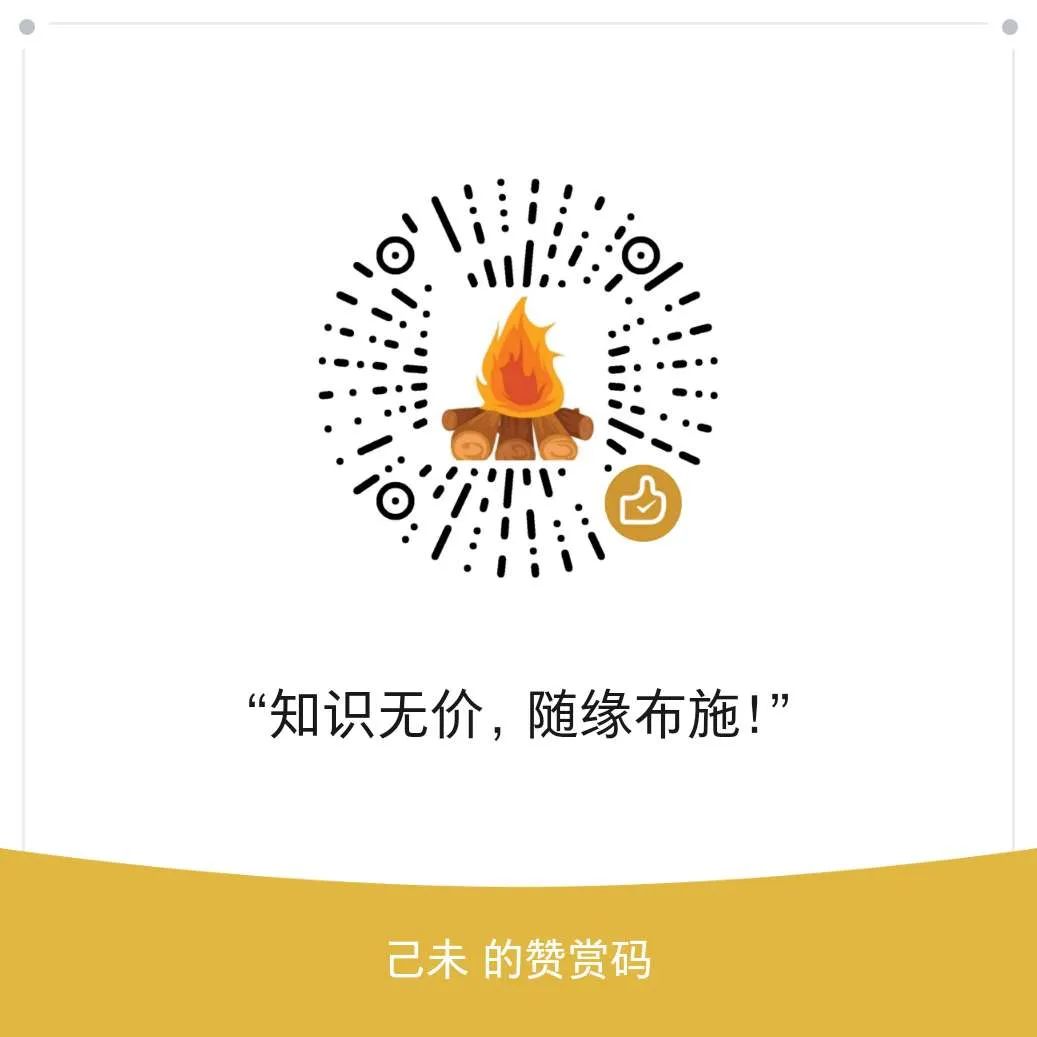
1. Fu Mai (Floating Pulse).
The fu mai is distinctly palpable, and when pressed harder, it slightly diminishes but does not disappear. A strong and large fu mai indicates exterior conditions.
Characteristics: When the fingertips are lightly placed on the patient’s cun, guan, chi (寸关尺) positions, the pulse can be felt. If pressed down harder, the pulse’s strength under the fingers weakens.
Individuals with sufficient qi (气) and xue (血) may exhibit a fu mai during colds, while those with deficient qi and xue may not. Additionally, if a person is constitutionally weak or has been ill for a long time, it can severely deplete their qi and xue, leading to an imbalance of yin and yang, causing the yang to separate from the blood, resulting in a fu mai that floats to the surface.
2. Ruo Mai (Weak Pulse).
The ruo mai is soft and fine, indicating deficiency of qi and xue.
Characteristics: During palpation, the fingers must press down firmly on the cun, guan, chi positions to feel a soft and weak pulse; light pressure may not reveal any pulse strength.
Symptoms of a ruo mai include dizziness, pale or sallow complexion, pale lips, fatigue, palpitations, insomnia, and numbness in limbs. Weakness in the spleen and stomach or nutritional deficiencies often lead to insufficient production of qi and xue, or prolonged illness can deplete qi and xue.
3. Duǎn Mài (Short Pulse).
The duǎn mài is short at both ends, indicating qi disorders. A short and weak pulse indicates qi deficiency, while a short and strong pulse indicates excess qi.
Characteristics: During palpation, the pulse shape is shorter and smaller than a normal pulse, failing to distribute normally across the cun, guan, chi positions.
Patients with a duǎn mài often feel fatigued, have low energy, and may experience abdominal distension, poor appetite, and shortness of breath.
4. Huan Mai (Slow Pulse).
The huan mai is slightly faster than a chi mai (slow pulse), with four beats per breath, indicating dampness or spleen deficiency.
Characteristics: During palpation, the pulse is felt to have only four beats per breath, with a sluggish rhythm.
According to pathophysiology, dampness is characterized by heaviness; when dampness stagnates in the body, it slows the movement of qi and xue, resulting in a huan mai.
5. Xi Mai (Fine Pulse).
The xi mai is as fine as a thread but distinctly palpable. It indicates deficiency of both qi and xue.
Characteristics: During palpation, the pulse is finer than normal but still distinctly felt.
Symptoms include pale complexion, pale lips and nails, dizziness, numbness in limbs, and scant menstruation, often indicating xue deficiency.
6. Xu Mai (Empty Pulse).
The xu mai is weak and empty upon palpation, indicating deficiency.
Characteristics: Firm pressure is needed to feel the pulse strength, which feels weak and hollow.
Symptoms include dizziness, pale complexion, fatigue, palpitations, and numbness, often due to spleen and stomach weakness or prolonged illness.
7. Wei Mai (Minute Pulse).
The wei mai is extremely fine and soft, almost imperceptible, indicating severe deficiency of qi and xue.
Characteristics: The pulse is vague and indistinct, barely felt during palpation.
8. Ru Mai (Soft Pulse).
The ru mai is floating, fine, and soft, indicating deficiency of yin, yang, qi, and xue.
Characteristics: A weak pulse is felt only with light pressure, and stronger pressure may not reveal any pulse.
9. Qiao Mai (Hollow Pulse).
The qiao mai is large and hollow, indicating blood loss or yin damage.
Characteristics: Light pressure reveals a hollow sensation, while stronger pressure weakens the pulse.
10. Ge Mai (Leather Pulse).
The ge mai is floating and strong, indicating severe blood loss or essence loss.
Characteristics: The pulse feels firm and resilient, similar to pressing on a drum skin.
11. San Mai (Scattered Pulse).
The san mai is scattered and irregular, indicating a critical condition.
12. Ji Mai (Rapid Pulse).
The ji mai has seven to eight beats per breath, indicating extreme yang and depleted yin.
13. Dai Mai (Intermittent Pulse).
The dai mai is characterized by intermittent beats, indicating weak organ energy.
14. Hong Mai (Surging Pulse).
The hong mai is large and wave-like, indicating heat conditions.
15. Shi Mai (Full Pulse).
The shi mai is strong and palpable in all three positions, indicating excess conditions.
16. Shu Mai (Rapid Pulse).
The shu mai has more than five beats per breath, indicating heat or deficiency.
17. Cu Mai (Choppy Pulse).
The cu mai is slow and difficult, indicating essence damage, blood deficiency, or stagnation.
18. Jin Mai (Tight Pulse).
The jin mai is tense and strong, indicating cold, pain, or food stagnation.
19. Chi Mai (Slow Pulse).
The chi mai is slow and weak, indicating cold conditions.
20. Lao Mai (Firm Pulse).
The lao mai is strong and long, indicating internal cold.
21. Jie Mai (Knotted Pulse).
The jie mai is slow and intermittent, indicating excess yin or deficiency.
22. Chen Mai (Deep Pulse).
The chen mai is deep and requires firm pressure to feel, indicating internal conditions.
23. Fu Mai (Hidden Pulse).
The fu mai is felt only with deep pressure, indicating blockage or pain.
24. Dong Mai (Moving Pulse).
The dong mai is smooth and rapid, indicating pain or shock.
25. Se Mai (Soggy Pulse).
The se mai is slow and fine, indicating deficiency or stagnation.
26. Xian Mai (String-like Pulse).
The xian mai is tight and long, indicating liver and gallbladder issues.
27. Chang Mai (Long Pulse).
The chang mai is long and straight, indicating excess yang.
28. Hua Mai (Slippery Pulse).
The hua mai is smooth and flowing, indicating phlegm, food stagnation, or heat.
Recommended Reading:
(This article is reproduced from the internet, copyright belongs to the original author. If there is any infringement, please contact us for removal!)
Further Reading:
Six Meridians and Six Major Disease Locations – Understanding the Last Article on Cold Damage!—> Click to read
Six Meridians and Six Major Disease Locations – Shaoyang Meridian Disease Locations!—> Click to read
Six Meridians and Six Major Disease Locations – Yangming Meridian Disease Locations!—> Click to read
Six Meridians and Six Major Disease Locations – Taiyang Meridian Disease Locations!—> Click to read
Six Meridians and Six Layers of Vital Energy Repair Power!—> Click to read
Cervical Spondylosis Comprehensive Explanation! (Classical Treatment + Secret External Treatment)—> Click to read
Toothache Comprehensive Explanation! (Cold Damage Thinking, Disease Mechanism Differentiation, Classical Formula Symptoms)—> Click to read
Insomnia Comprehensive Explanation! (Disease Mechanism Differentiation + Core Ideas for Settling Yang)—> Click to read
Fever Comprehensive Explanation! (Disease Mechanism Differentiation in Cold Damage, Internal and External Treatment Methods)—> Click to read
Headache Comprehensive Explanation! (Learning the Key to Differentiation)—> Click to read
For more exclusive TCM secrets, scan the QR code below to follow our public account:

TCM Internal Treatment Course:
“Simple Classical Formula Online Class” One-on-One, from Differentiation to Classical Formula Teaching!!! (Click to enter)
TCM External Treatment Course:
“Hands-on TCM” Can Treat Illnesses Without Any Foundation!!! (One-on-One Teaching) (Click to enter)
TCM Learning Mind Map Series:
“Embedding Six Meridians Differentiation” – Electronic Mind Map (Click to enter)
Self-learning TCM to Treat Illnesses – Self-help Integrated Mind Map Set (Click to enter)
Yin-Yang One Principle for Treating Illnesses (Returning Complex TCM to the One Principle) (Click to enter)
Comprehensive Dialectics of Circular Motion (Micro Yin-Yang Ascending and Descending, Organ Positioning) Mind Map Version (Click to enter)
If this article has helped you
Please scan to reward,as you wish




